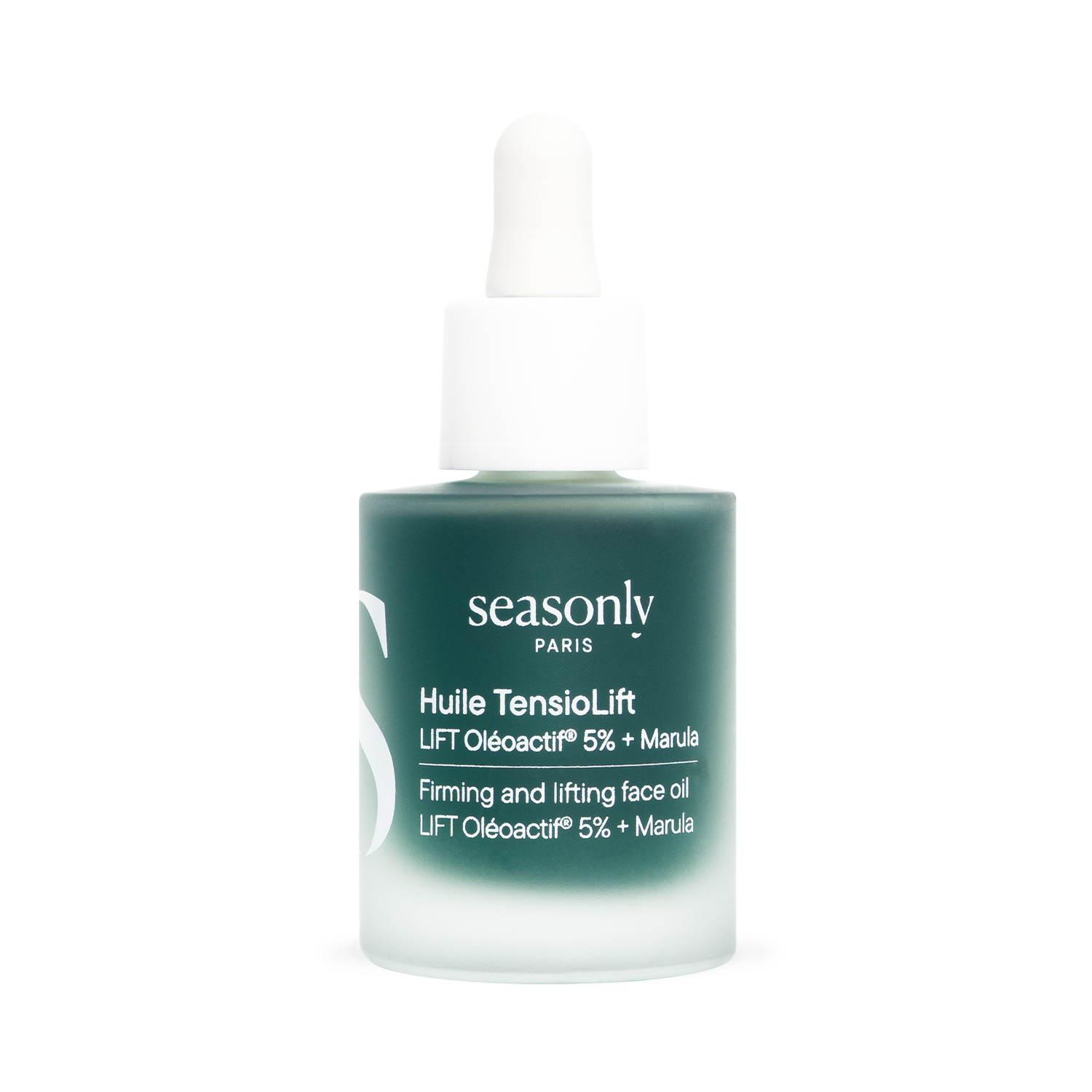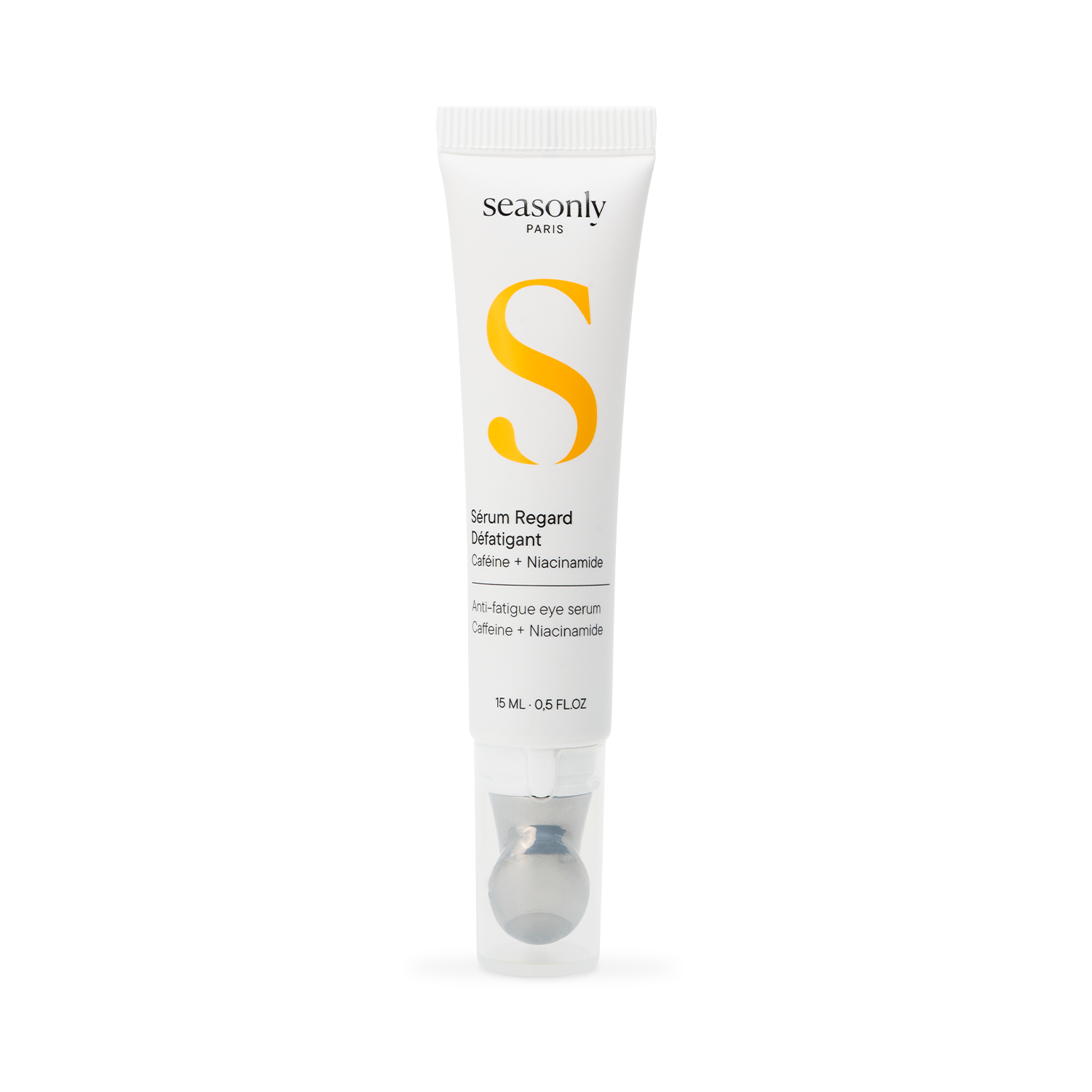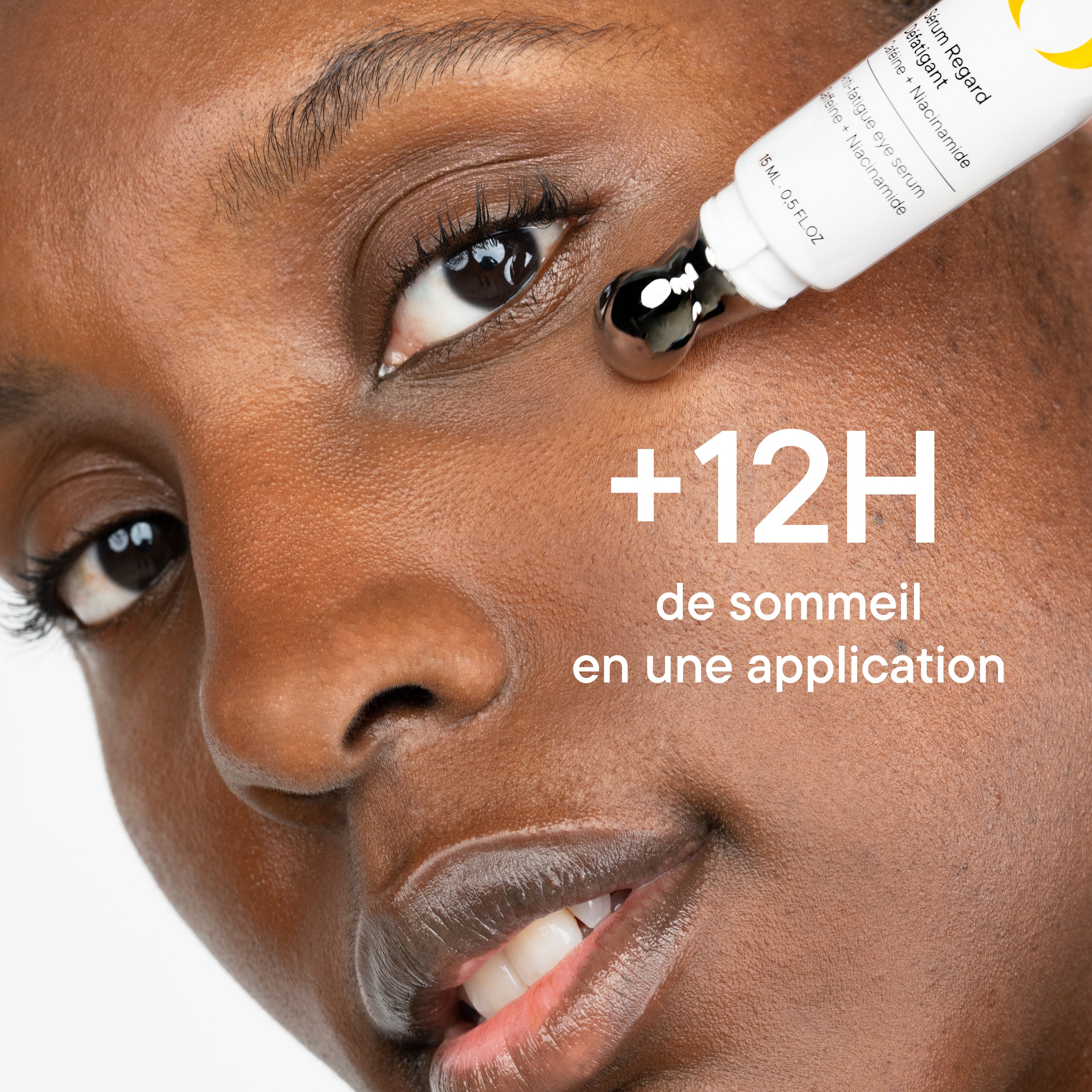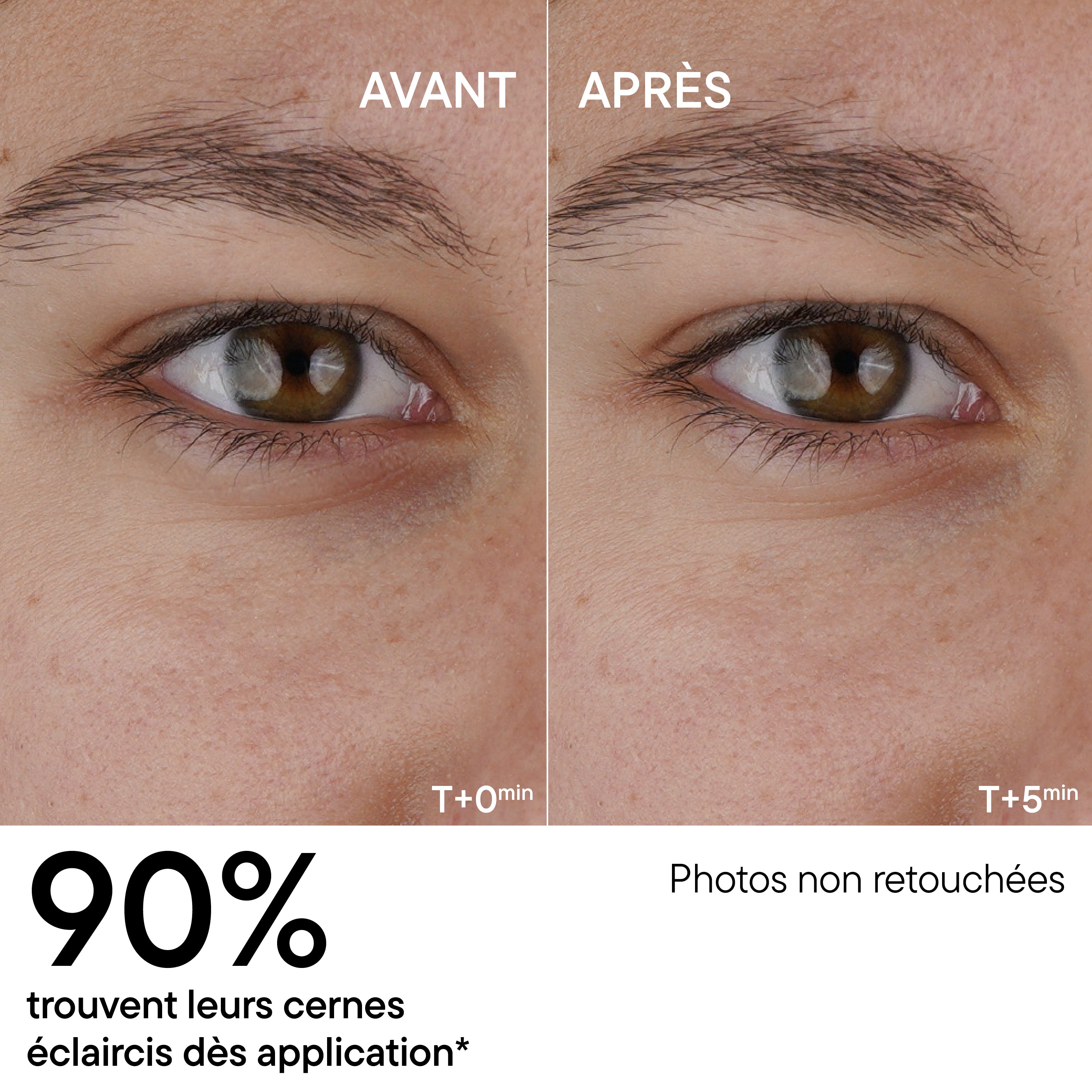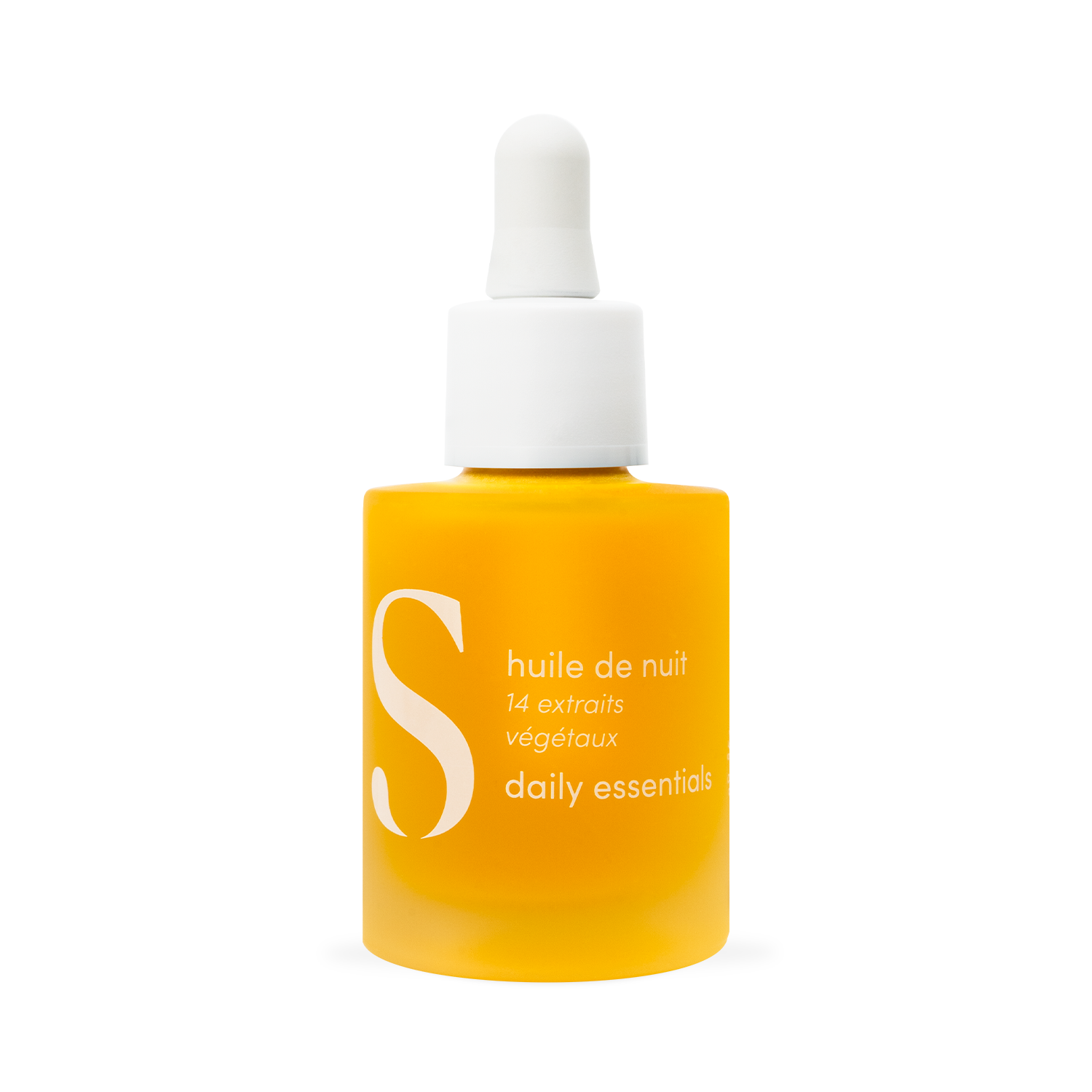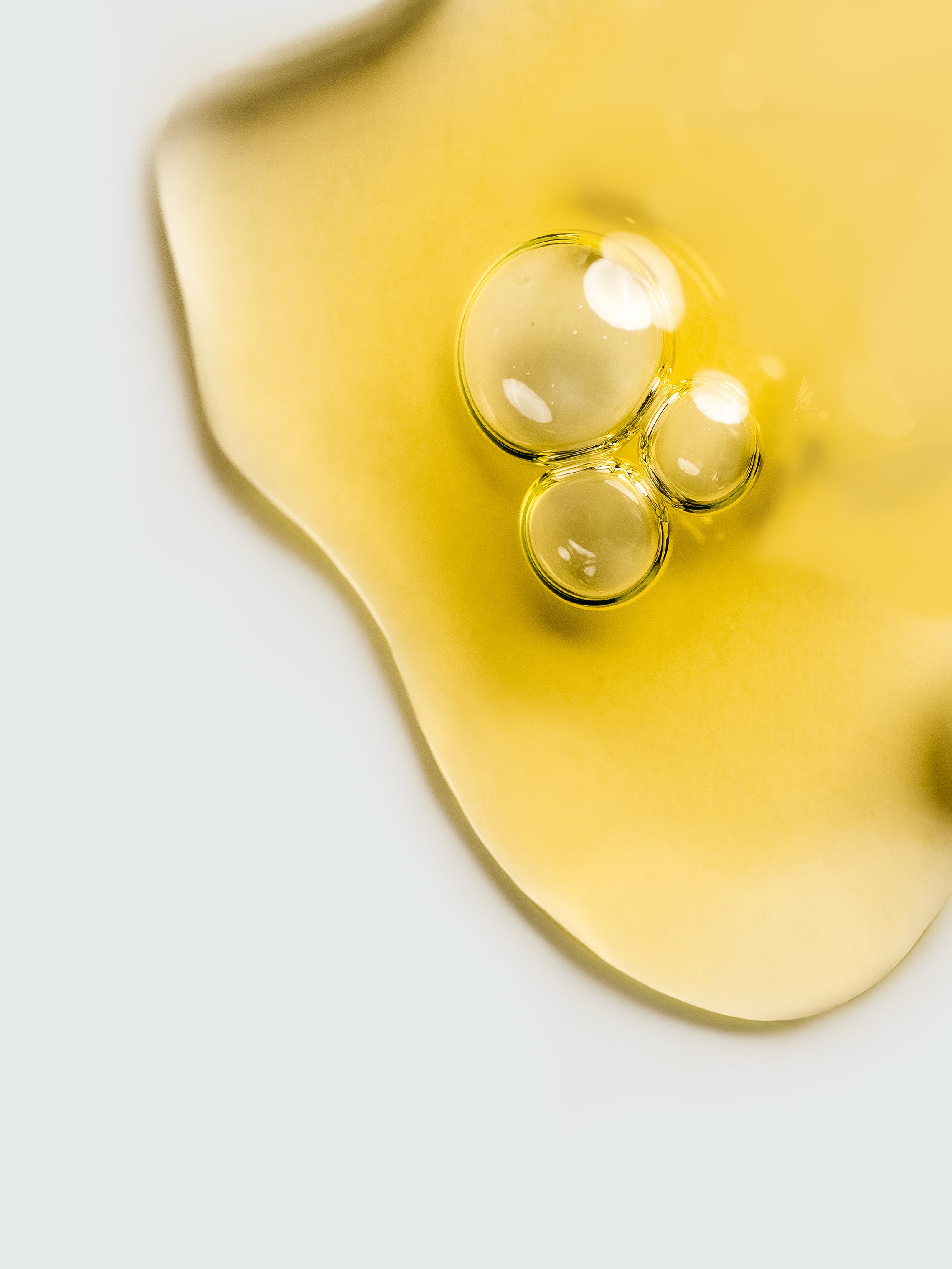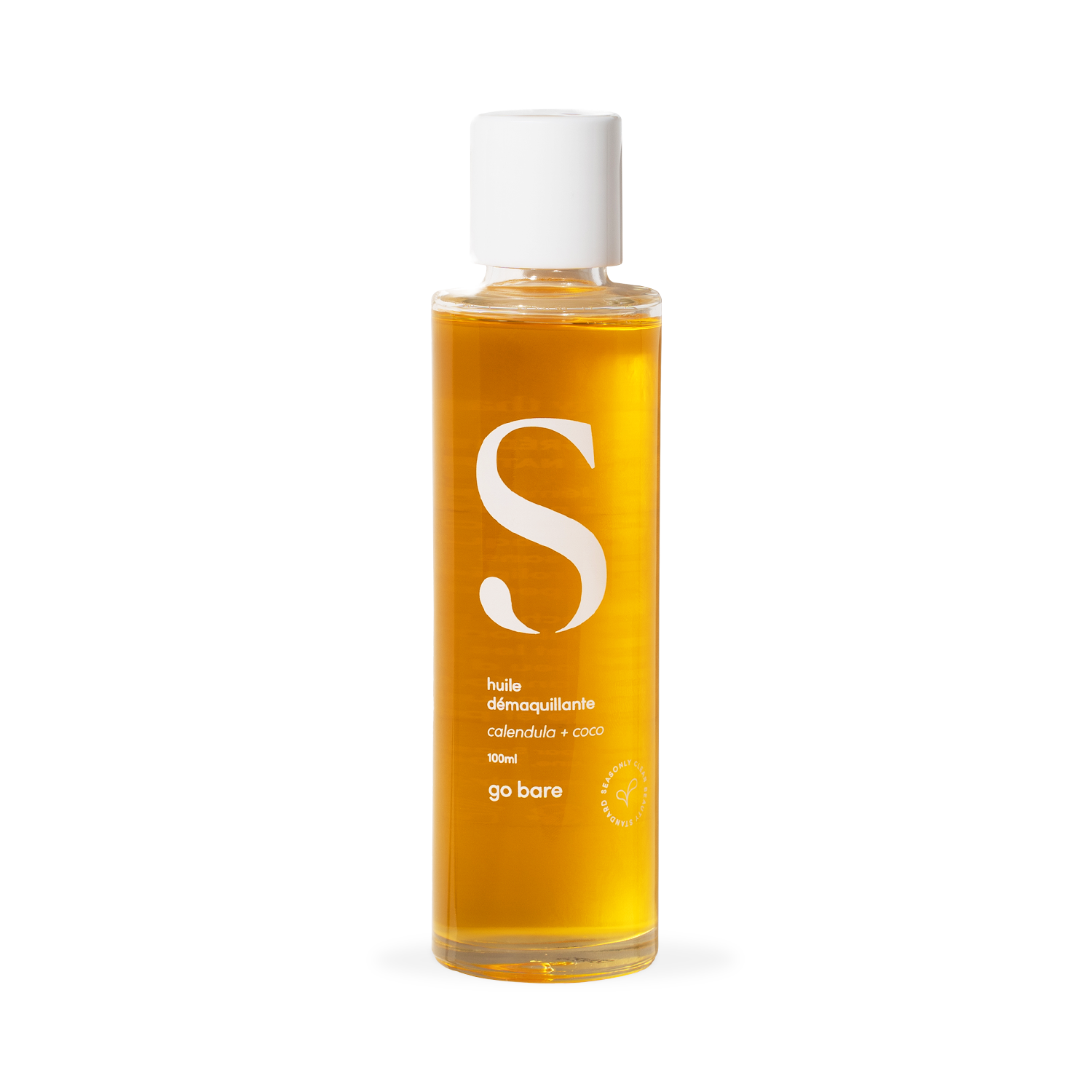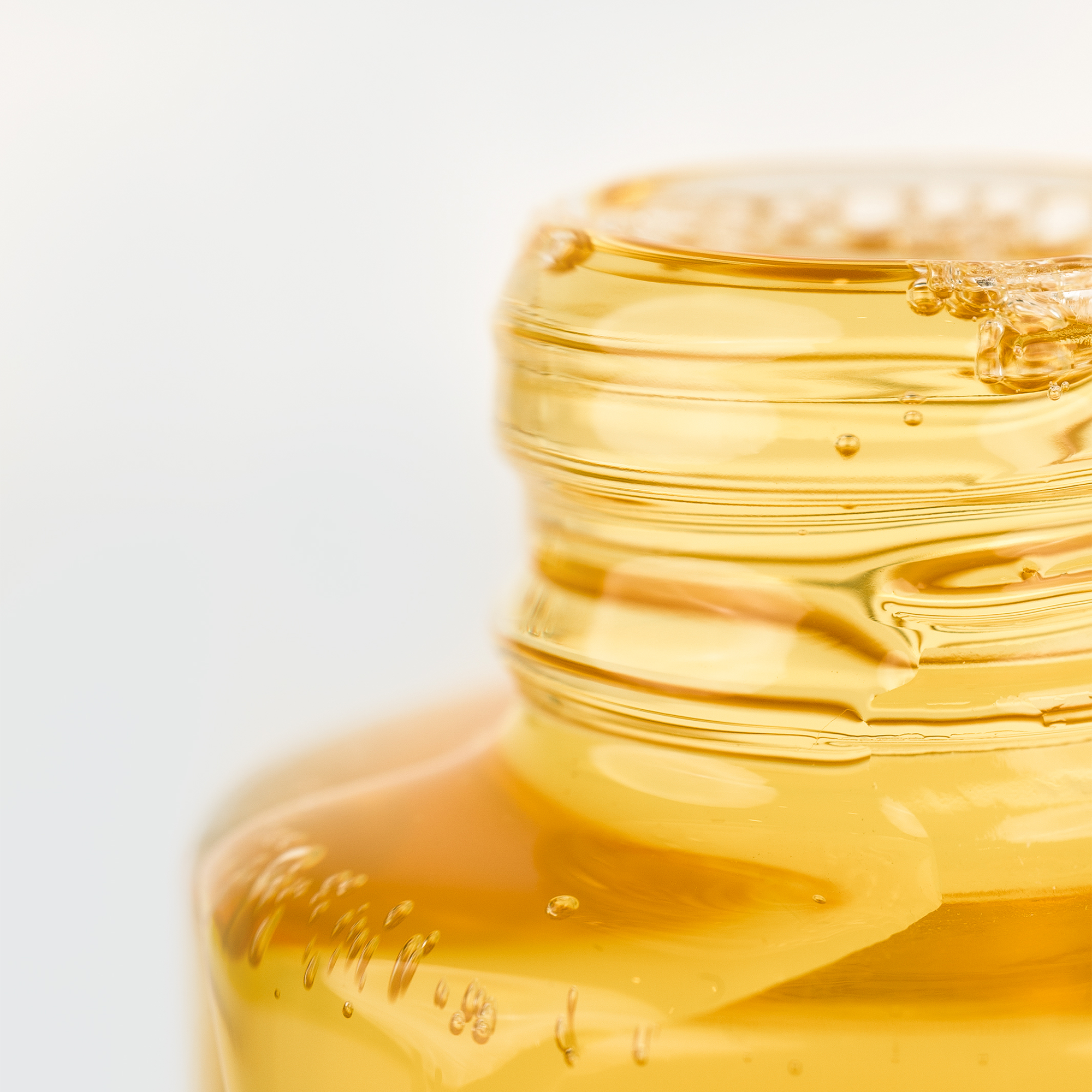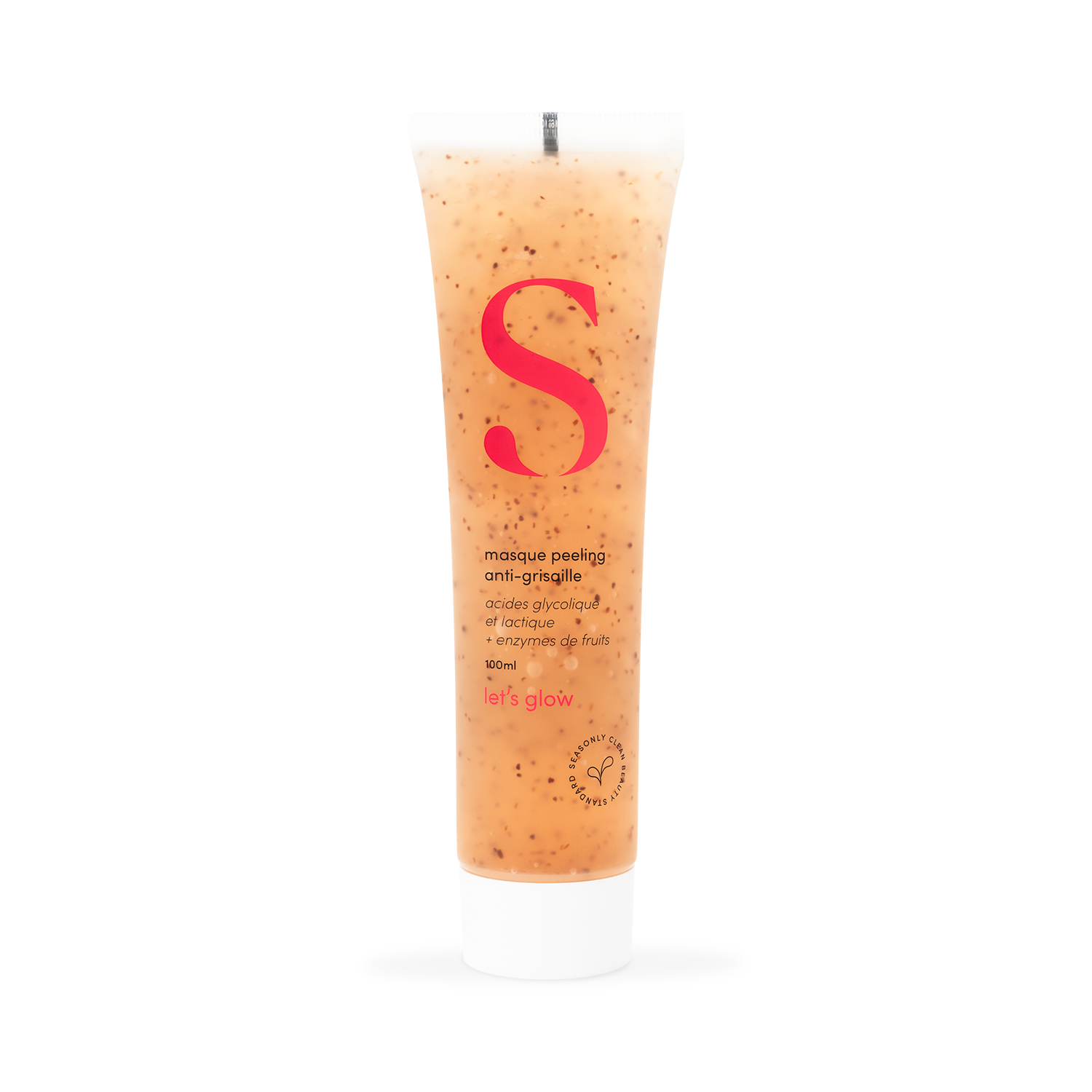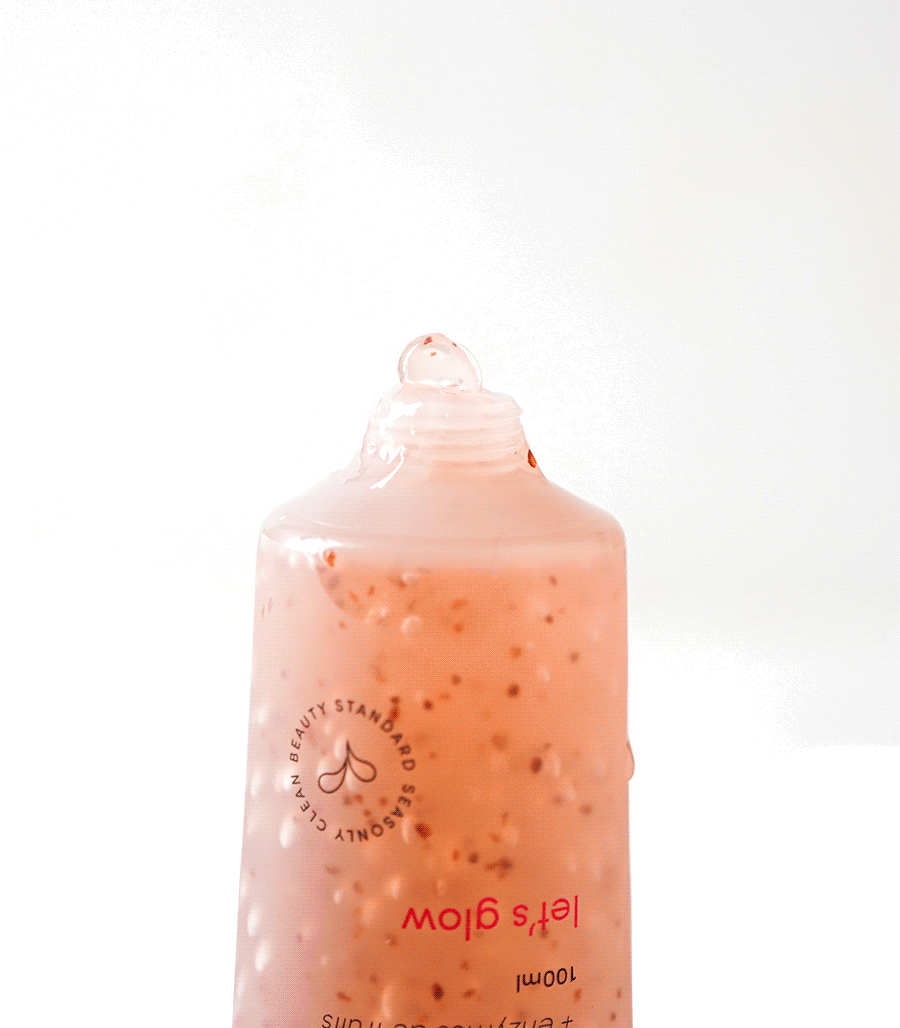Hormonal acne
When their periods arrive, many people experience an acne breakout. So when every month you have to fight against imperfections, there is reason to lose hope. It's hormonal acne! The good news is that it is caused by fluctuating hormones. If we know why hormonal acne appears, we can better treat the problem. We explain everything about hormonal acne and its solutions.
Hormonal acne: what is it?
At the origin of acne , we always find hormones : they are what stimulate or not the production of sebum. Estrogen - the female hormone - peaks just before menstruation, which induces an overproduction of sebum . Also called seborrhea, this is the main reason for hormonal acne.
This is why acne appears during puberty: regardless of gender, hormonal imbalances are common. Except that at the end of puberty, only women continue to experience hormonal fluctuations: menstrual cycle, pregnancy and menopause. Hormonal acne therefore mainly affects women . Any increase in stress also leads to an overproduction of cortisol: stress can cause acne.
When a pore is blocked by overproduction of sebum, a microcyst forms. Several possibilities depending on the skin's reaction:
- An open blackhead or comedo: the pore opens on the surface of the skin, the microcyst oxidizes on contact with oxygen and turns black. Be careful, blackheads are different from sebaceous filaments which oxidize.
- A whitehead or closed comedo: appearance of white under the skin.
- A papule : the microcyst breaks under the skin and the sebum spreads into the tissues. The bacteria proliferates while the area becomes inflamed to stop it. Result, here is a little red button!
- A pustule : when a white spot becomes inflamed due to bacteria. Result, a red button with a white tip.
How to recognize hormonal acne?
First, it's a matter of time : if you notice a pimple breakout every month 2 to 7 days before the start of the menstrual cycle , it's probably hormonal acne.
The second clue to recognizing hormonal acne is related to the area . Most of the time, acne appears on the lower part of the face, above the jawline and chin . Of course, this doesn't apply to everyone!
Finally, it is the intensity of the acne that we must pay attention to: they are often painful cysts or large papules. If when the pimple is still deep and touching the area already hurts, it's probably hormonal acne.
What treatment for hormonal acne?
If you have a tendency to hormonal acne and especially if you are a woman, you will suffer from it until menopause. The good news is that by taking care of your skin daily you can prevent acne and maintain smooth, even skin .
As hormonal acne is mainly due to the overproduction of sebum, we will move towards ingredients that regulate sebum production . The holy grail is niacinamide , but we can move towards astringents like witch hazel. This is why one week before the start of your period, we recommend purifying lotion . Enriched with niacinamide, it helps reduce sebum production. Perfect for preventing and reducing the intensity of hormonal acne .
In order to prevent the formation of blockages in the pores, we move towards gentle exfoliation with AHAs such as glycolic acid or lactic acid. Our blemish serum contains glycolic acid to dissolve dead skin and purify pores, enlarged or not. The best part is the bakuchiol that the serum contains: by accelerating cell renewal, spots disappear faster!
To then avoid infection , inflammation and therefore pain, we use antibacterial agents such as tea tree oil . There are them throughout our imperfection range, but our SOS Spot is formulated for local treatment. Clay helps absorb excess sebum while niacinamide soothes and tea tree oil disinfects. The pimple becomes less painful, shrinks and heals faster.
To accelerate the healing of lesions, we recommend moisturizing cream , fluid or rich depending on your skin type. Its concentration in panthenol or vitamin B5 helps improve the healing of spots and soothe the area.
And because we care about you, we created the imperfections routine : it brings together all the products you need to fight hormonal acne.






